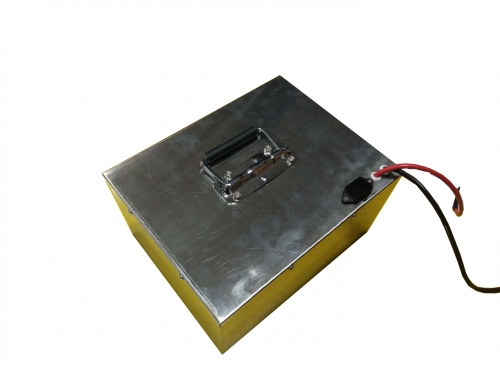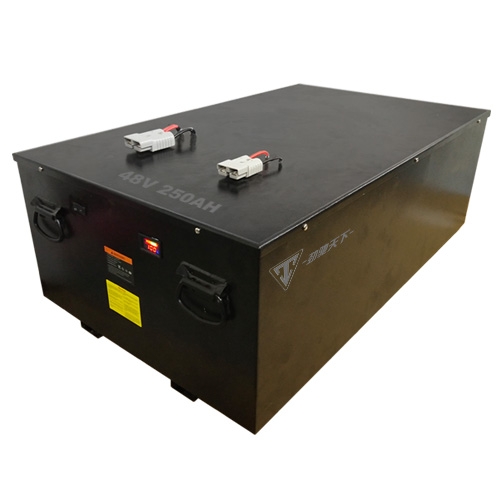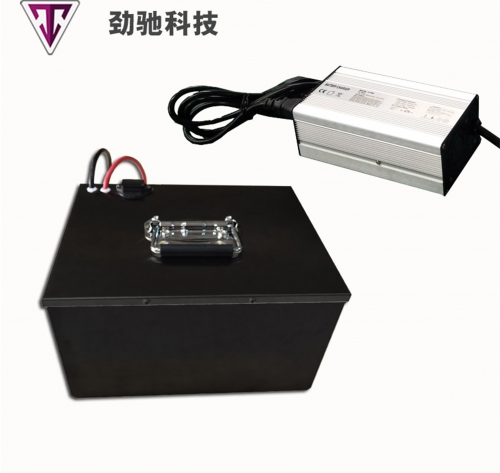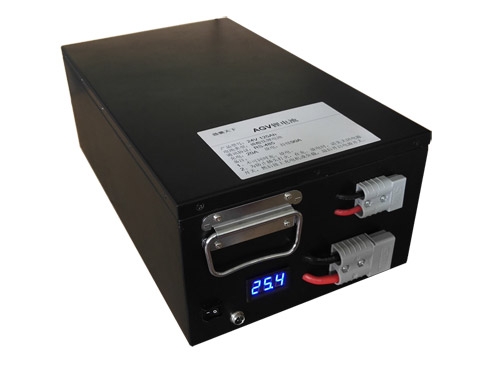Lithium is an active metal on the chemical periodic table. Because of its small size and high capacity density, it is widely welcomed by consumers and engineers. However, the chemical properties are too active, which brings extremely high risks. When lithium metal is exposed to air, it will react violently with oxygen and explode. In order to improve stability and voltage, scientists invented materials such as graphite and lithium cobalt oxide to store lithium atoms. The molecular structure of these materials forms a nano-level small storage grid that can be used to store lithium atoms. In this way, even if the AGV lithium battery casing is broken and oxygen enters, the oxygen molecules will be too large to enter these small storage cells, so that the lithium atoms will not come into contact with the oxygen and avoid explosion. This principle of lithium-ion batteries enables people to achieve the goal of not harming while obtaining high capacity density.
When the AGV lithium battery is charged, the lithium atom of the positive electrode loses electrons and is oxidized to lithium ions. Lithium ions swim to the negative electrode through the electrolyte, enter the storage cell of the negative electrode, and obtain an electron, which is reduced to lithium atoms. When discharging, the whole procedure is reversed. In order to prevent the positive and negative poles of the battery from directly touching and short-circuiting, a diaphragm paper with many pores will be added to the AGV lithium battery to prevent short-circuiting. A good diaphragm paper can also automatically close the pores when the battery temperature is too high, so that lithium ions cannot pass through, so as to waste martial arts and prevent danger.










